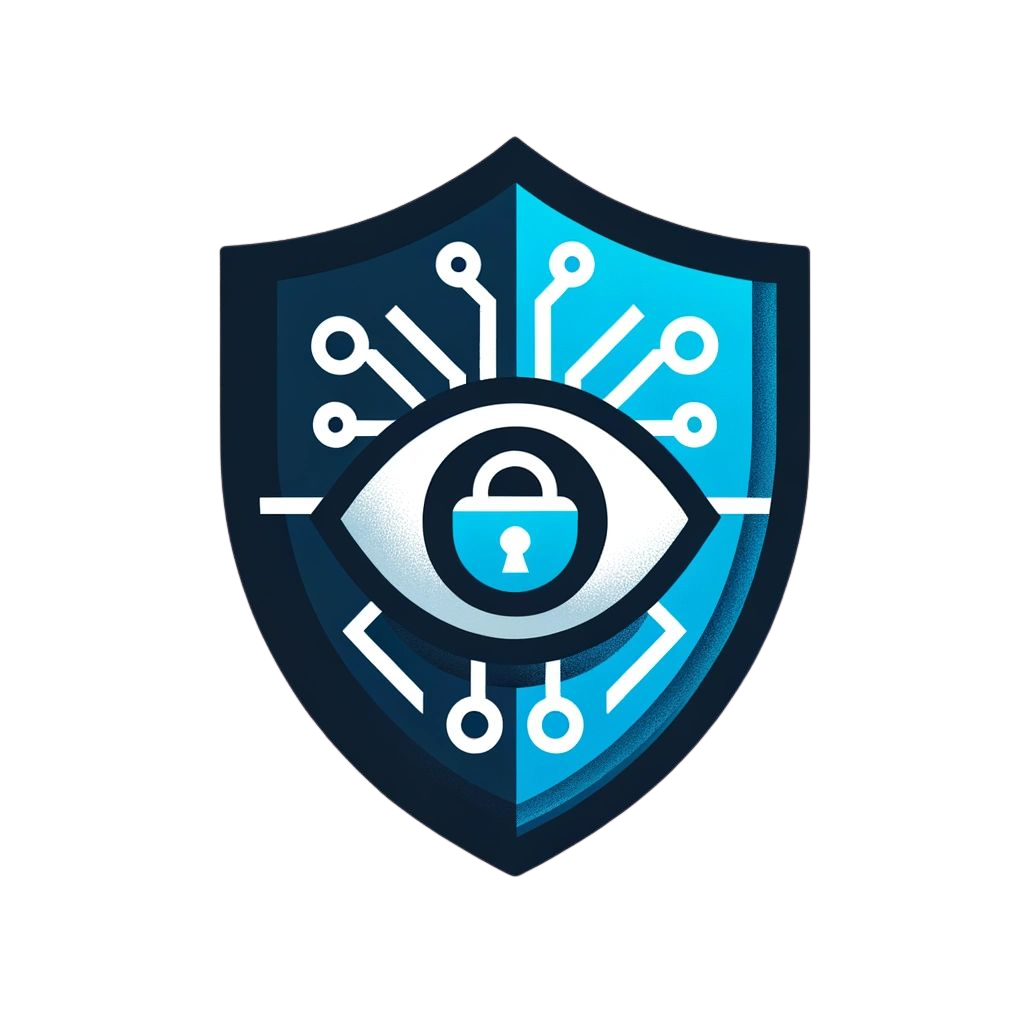As macOS adoption grows, so does its attractiveness to cybercriminals. Recent reports reveal a 60% surge in macOS market share over three years, correlating with a dramatic escalation in sophisticated adware, infostealers, and malware-as-a-service (MaaS) campaigns.
While Apple’s built-in defenses, such as XProtect and Gatekeeper, remain critical, 2024 has exposed vulnerabilities in user behavior and emerging attack vectors leveraging artificial intelligence (AI).
This article examines the current threat landscape, Apple’s multilayered security framework, and best risk mitigation practices.
The Evolving macOS Threat Landscape
The democratization of cybercrime has reached macOS ecosystems. MaaS platforms now offer subscription-based access to stealers like Cthulhu and Atomic for as little as $1,500/month, enabling even novice attackers to deploy ransomware or exfiltrate credentials.
Darknet forums showcase threat actors using ChatGPT to generate Python scripts for packing malware into DMG files, bypassing traditional signature-based detection.
One Russian operator, “barboris,” openly documented using AI to build a macOS stealer despite lacking coding experience.
These developments have contributed to a 101% increase in infostealer activity in late 2024, with Palo Alto Networks’ Unit42 identifying Poseidon, Atomic, and Cthulhu as top threats.
Adware remains a pervasive issue, often masquerading as legitimate software—families like Adware.
OperatorMac exploits mitmproxy to inject ads into HTTP/HTTPS traffic, while Shlayer continues evolving, recent variants abuse AWS infrastructure to host malicious payloads.
Despite Apple’s notarization requirements, attackers increasingly weaponize AI to generate plausible-looking installers for fake productivity tools or cracked software.
Apple’s Built-In Defenses – Strengths and Gaps
XProtect and Real-Time Malware Remediation
At MacOS’s core lies XProtect, Apple’s signature-based antivirus engine, which is updated independently of system updates. It scans apps at launch, after modifications, and following signature updates, quarantining detected threats like Adware.
Bundling and blocking execution. Crucially, XProtect’s YARA rules enable generic detection of malware variants, complementing Notarization’s hash-based blocking. Post-infection, it remediates compromised systems by removing payloads and alerting users.
Gatekeeper and Notarization – The First Line of Defense
Gatekeeper enforces code-signing and notarization requirements for all non-App Store software. In 2024, 98% of macOS malware circumvented these controls via social engineering rather than technical exploits.
For example, Cthulhu Stealer distributes through phishing sites posing as Adobe Flash updates, relying on users overriding Gatekeeper warnings.
While Notarization scans for known malicious content, its effectiveness hinges on continuous developer enrollment, a challenge for legacy open-source tools.
System Integrity Protection (SIP) and Hardware Security
Apple Silicon’s Secure Enclave and SIP restrict root-level modifications, safeguarding system directories and kernel extensions. M1/M2 Macs add hardware-enforced encryption, rendering data extraction impractical without the user’s password.
However, Moonlock’s 2024 analysis found that 73% of successful attacks involved users disabling SIP to install unauthorized software.
Third-Party Solutions Augmenting Native Protections
With XProtect focused on known threats, tools like Malwarebytes and Intego fill gaps in behavioral analysis. Intego’s VirusBarrier combines signature scanning with heuristic detection, neutralizing zero-day threats like RustDoor backdoors.
Its network firewall adapts rules based on connection type, a critical feature for remote workers accessing public Wi-Fi.
Persistent adware often embeds itself in launch agents, browser extensions, and network proxies.
Sophos Home and MacKeeper automate detection of these artifacts, scrubbing ~/Library/Application Support folders and resetting Safari preferences hijacked by Adware.SearchMine.
Best Practices for Organizations and Individual Users
Mitigating Social Engineering Risks
- Enforce Least Privilege: Restrict admin rights via MDM profiles to prevent unauthorized SIP disablement or software installs.
- Educate on Supply Chain Attacks: Train users to verify developer identities via Apple’s notarization portal before overriding Gatekeeper.
- Block Malicious Scripts: Configure Terminal and SSH to require approval for AppleScript or Python executions, common vectors for Atomic Stealer.
Technical Countermeasures
- Enable Lockdown Mode: For high-risk individuals, this feature disables complex web technologies and blocks untrusted USB devices.
- Audit Third-Party Dependencies: Open-source tools like Homebrew often lack notarization; monitor them via tools like Kandji for anomalous activity.
- Mandate Rapid Security Responses: Apple’s incremental updates patch vulnerabilities like CVE-2024-27832 within days, reducing exploit windows.
A Collective Defense Imperative
2024 marked a turning point where macOS security shifted from a hardware/software challenge to a human-factors battleground.
While Apple’s silicon and XProtect updates blunt technical exploits, the proliferation of AI-generated social engineering demands heightened vigilance.
Enterprises must balance Gatekeeper’s restrictions with employee productivity needs through managed app catalogs, while individuals should adopt endpoint protection tools to counter adware’s evolving persistence mechanisms.
As MaaS economies flourish, only layered defenses combining Apple’s native controls, third-party monitoring, and user education can mitigate the rising tide of macOS threats.
Find this News Interesting! Follow us on Google News, LinkedIn, & X to Get Instant Updates!





.png
)
